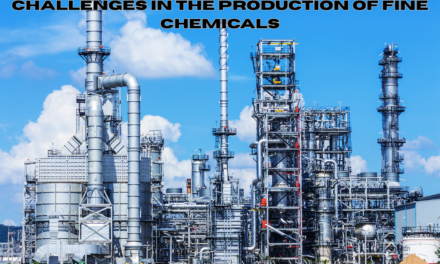Safety concerns associated with household chemicals include risks related to toxicity, accidental exposure, environmental damage, and improper handling. Here’s a breakdown of key concerns and how companies are addressing them:
1. Toxicity and Health Risks
- Concern: Many household chemicals contain substances that can be harmful if ingested, inhaled, or absorbed through the skin. Long-term exposure may lead to respiratory issues, skin irritation, or even chronic diseases.
- Response: Companies are reducing or eliminating toxic chemicals in favor of safer alternatives, such as plant-based or non-toxic ingredients. They also provide clear labeling, including safety warnings and usage instructions, to reduce accidental exposure.
2. Accidental Ingestion or Misuse
- Concern: Household chemicals, especially cleaning products, are often stored in containers that resemble food or drink packaging, leading to accidental ingestion by children or pets.
- Response: Manufacturers are improving packaging to include child-resistant caps, warning labels, and distinct designs to prevent misuse. Some companies also invest in non-toxic formulations and offer refills or eco-friendly alternatives that are safer in case of exposure.
3. Chemical Burns and Skin Irritation
- Concern: Some household chemicals, like bleach or oven cleaners, can cause burns or severe skin irritation if they come into contact with the skin.
- Response: Companies are formulating milder products, using pH-balanced ingredients, and adding moisturizers to reduce irritation. They also emphasize proper safety gear usage, such as gloves, and provide detailed instructions on how to handle products safely.
4. Environmental Impact
- Concern: Household chemicals can pollute water sources, soil, and air when disposed of improperly, or they may contribute to long-term environmental damage.
- Response: To address environmental concerns, companies are increasingly focusing on biodegradable and eco-friendly formulations. Many are adopting green chemistry principles, reducing the use of harmful chemicals, and encouraging consumers to recycle or dispose of products safely.
5. Volatile Organic Compounds (VOCs)
- Concern: Many household chemicals release VOCs into the air, which can contribute to indoor air pollution and may cause respiratory problems or aggravate allergies.
- Response: Companies are reducing or eliminating VOCs in products such as paints, cleaners, and air fresheners. Some now offer “low-VOC” or “zero-VOC” alternatives to improve indoor air quality.
6. Improper Storage and Disposal
- Concern: Improper storage or disposal of household chemicals can lead to leaks, spills, or dangerous chemical reactions, posing risks to both humans and the environment.
- Response: Companies provide guidance on safe storage and disposal methods. Many include disposal instructions on labels and educate consumers on how to handle chemicals responsibly. Some also participate in take-back programs to ensure proper disposal.
7. Product Testing and Safety Standards
- Concern: The safety of some chemicals may be untested or inadequately studied, raising concerns about potential long-term health effects.
- Response: Many companies adhere to international safety standards and regulations (e.g., EPA, OSHA) for testing and approving chemicals. They also invest in ongoing research and third-party safety testing to ensure products meet safety criteria.

















